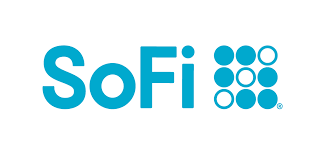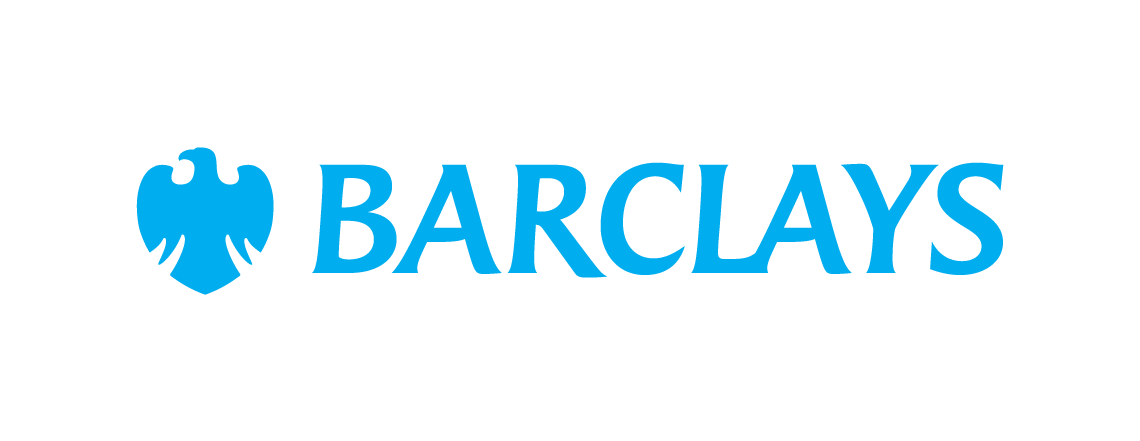5 Ways to Avoid Monthly Banking Fees
No one likes paying monthly fees simply to hold an account at their bank. Here's a quintet of methods to avoid them entirely.Image source: GettyImages.
Fees are a way of life in the financial services business. That's how nearly every company in the industry makes its coin, whether it's a brokerage facilitating a stock trade, an investment bank listing a client company on the stock exchange, or a consumer bank that finds creative ways to take a cut of customer deposits.
The last example is particularly irritating and bothersome. It's also leeching money from our wallets; according to a recent study, the average American paid $329 in bank fees last year. Fortunately, with a little planning and discipline, one of the most insidious and unpopular charges -- the monthly "maintenance" or "service" fee, the name varies among banks -- can be erased. Here's how.
Make enough direct deposits to the account
If a bank can see a customer is actively and regularly adding to their deposit base, they'll be inclined to give said customer a break on fees. A great many lenders waive the monthly maintenance fee if the account holder makes a certain number of direct deposits into the account, meets a minimum dollar level with such deposits, or both.
Giant bank Wells Fargo, for example, goes the minimum amount route. The company's monthly service fee for its standard Everyday Checking accounts is $10. There are numerous ways this can be avoided; one option listed by Wells Fargo is to make direct deposits that add up to $500 or more during each "fee period" (i.e., one month).
Maintain a high enough balance
A slightly more challenging method to avoid monthly banking fees is to keep a balance that's high enough to satisfy the bank. Like the minimum/frequent direct deposit waiver, this is common for American lenders both large and small.
This one can be tricky, though, and not only because that average balance can be relatively high (TD Bank's TD Premier account, for example, mandates a level of $2,500). It also requires customers to monitor their account balance on a fairly regular basis to make sure it's not dipping far below the requirement for too long. For those with busy lives, this might not be the best fee-killing option. On the flip side, people who can comfortably maintain a monetary cushion and have the bandwidth to keep tabs on their balance might find this to be the best method.
Use a linked debit card frequently
One of the easier ways to vaporize a recurring bank account fee is by the simple act of swiping some plastic. Many banks waive the fee for repeated use of a debit card linked to the relevant account. Like the direct deposit waiver described above, this one can take several forms. A cardholder can qualify in terms of total number of purchases, total amount spent, or both.
Circling back to Wells Fargo's Everyday Checking, the big bank happily sets the bar fairly low. Its $10 monthly maintenance fee goes the way of the Dodo Bird when an account holder uses their debit card for at least 10 buys during a pay period; there is no requirement as to how large or small those purchases must be.
Two words: relationship waiver!
A somewhat under-the-radar method for clearing away those stubborn account fees is to build relationships. No, bank customers don't need to become chummy with their lender's tellers and managers. Rather, "relationships" refer to a set of related accounts within the same bank. Savers willing to juggle two or more accounts housed in the same financial institution could get a break on the fee; this is known as the relationship waiver.
Requirements and thresholds vary by bank, and we should note that this type of fee forgiveness isn't as common as the ones listed above. Still, a relationship waiver could be applicable for customers that require more than one form of account, and don't mind having them all under one roof.
Chicago-based bank BMO Harris cuts the $12 monthly maintenance fee for its bedrock Everyday Checking® account if a customer also has Select Checking®, Portfolio Checking®, or Wealth Checking. To qualify, the customer must carry a combined balance between Everyday and Select of $10,000, and Everyday/Portfolio of $25,000. In the case of Wealth Checking and Everyday Checking, the minimum requirement is an average daily balance of $25,000. This isn't automatic, however; BMO Harris customers who qualify have to make a formal request to the bank in order to have the relationship waiver kick in.
Scope out a free alternative
Monthly banking fees are so prevalent these days, many people don't realize there are plenty of alternatives that have no monthly fees attached. A good place to start looking for banks that charge $0 in this regard is on the list of internet banks. Two online lenders in particular -- Bank of Internet USA and Ally -- are known for their fee-free offerings (since they don't have a bricks-and-mortar presence, their cost basis is much lower, and they have less of a need to generate fee income).
It isn't necessary to confine yourself only to the internet world; numerous traditional financial institutions also charge a goose egg for a maintenance fee. There's 360 Checking from Capital One, for instance, or Alliant Credit Union's High-Rate Checking Account.
Potential holders of these accounts should be aware that just because there's no monthly fee, that doesn't mean it's a 100% fee-free zone. Alliant's High-Rate Checking Account, for instance, generates a $1 charge per statement if an account holder insists on receiving paper statements, while a stop payments order costs $25.
Final take
Interest rates have been extremely low on a historical basis recently. This is a major reason why banks have become fee-happy, with many slapping charges on even the most innocuous activity by customers. The monthly fee is probably here to stay, unfortunately. So it's good that there are plenty of ways to beat it.
These savings accounts are FDIC insured and could earn you 11x your bank
Many people are missing out on guaranteed returns as their money languishes in a big bank savings account earning next to no interest. Our picks of the best online savings accounts could earn you 11x the national average savings account rate. Click here to uncover the best-in-class accounts that landed a spot on our short list of the best savings accounts for 2024.
Our Research Expert
We're firm believers in the Golden Rule, which is why editorial opinions are ours alone and have not been previously reviewed, approved, or endorsed by included advertisers. The Ascent, a Motley Fool service, does not cover all offers on the market. The Ascent has a dedicated team of editors and analysts focused on personal finance, and they follow the same set of publishing standards and editorial integrity while maintaining professional separation from the analysts and editors on other Motley Fool brands.
Related Articles
View All Articles
